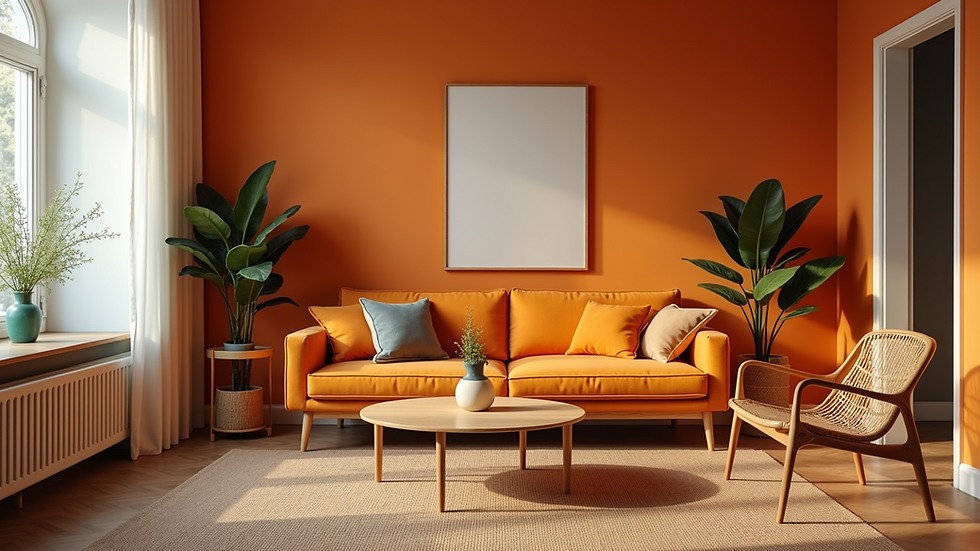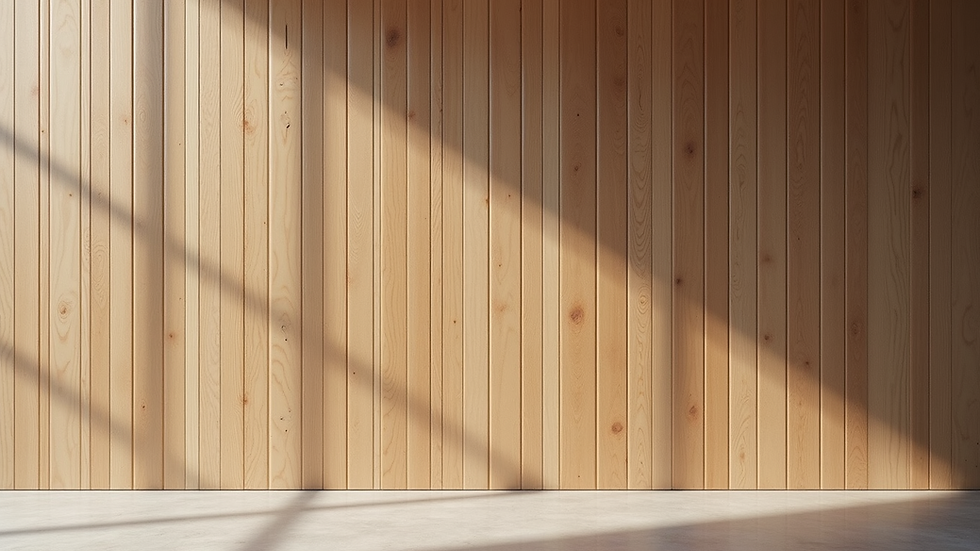Exploring the Hidden Dimensions of Interior Design Landscapes
- Shilinia Hassin

- Jul 28
- 3 min read
Interior design is much more than arranging furniture and selecting colors. It is about creating environments that truly reflect the soul of a space. This guide dives into the hidden dimensions of interior design landscapes, examining how spaces are shaped, experienced, and understood. Let’s explore the specific elements that can amplify the essence of any interior setting.
Understanding Interior Design Landscapes
At its core, interior design landscapes involve visualizing and crafting indoor environments as cohesive compositions. This encompasses everything from spatial layouts to textures and lighting. The goal is to achieve a harmonious balance that meets the functional needs of occupants while resonating emotionally.
When starting a design project, a solid understanding of the space is crucial. Analyzing architectural elements, the historical context, and the relationships between different areas provides a foundation for effective design. For example, historic homes may call for preserving original molds or detailing, while modern spaces might benefit from open layouts and minimalism.
The Role of Color in Interior Design
Color significantly influences the mood and atmosphere of interior landscapes. Different hues evoke varied feelings; warm colors like reds and yellows energize a space, while cooler shades such as blues promote calmness. Research indicates that 85% of consumers make purchasing decisions based on color, showcasing its importance in design.
Designers often use complementary (opposites on the color wheel), analogous (next to each other), or monochromatic (variations of a single color) schemes to create depth and visual interest. For instance, a living room painted in soft blues paired with rich navy cushions can create a serene yet engaging environment.

The Impact of Lighting
Lighting is critical in transforming spaces and shaping perceptions. It illustrates how colors and textures are viewed, significantly affecting the mood. Natural light can enhance the aesthetics of a room and support humans' natural rhythms.
Layered lighting—which combines ambient (general light), task (focused light for activities), and accent (highlighting features)—creates a dynamic interior. For example, using a combination of recessed lights, table lamps, and floor lamps can emphasize architectural elements and create cozy reading spots.
Textures and Materials
Textures significantly influence how we perceive a space. The right combination of materials can offer visual contrast and tactile experiences. For instance, blending soft textiles with sleek metals can create a captivating contrast, adding personality to a room.
Integrating meaningful textures adds richness to interiors. For example, a room with leather furniture, plush rugs, and wooden accents can evoke warmth and familiarity. Choosing materials that resonate with the occupants ensures every detail serves a purpose, creating a cohesive atmosphere.

Spatial Planning and Layout
Effective spatial planning is essential in interior design landscapes. It involves analyzing how spaces will be used and arranging elements to enhance functionality. A well-designed layout addresses both practical needs and personal
preferences.
Consider the scale of furniture in a specific room. For instance, in a small apartment, large, bulky furniture can make the space feel cramped, while appropriately sized pieces can help a room feel balanced. Ensuring that furniture arrangement fosters effortless navigation and accessibility creates an inviting atmosphere.
Incorporating Nature: Biophilic Design
Biophilic design acknowledges the human connection to nature, highlighting the benefits natural elements add to interiors. Studies show that integrating nature can reduce stress and improve overall well-being, making it a crucial part of interior landscapes.
Incorporating greenery—like houseplants or living walls—can improve air quality and create a calming environment. A room with large windows that bring in natural light or a small indoor garden can foster a sense of tranquility, making the space vibrant and inviting.
Personalization and Identity
The essence of interior design lies in personal expression. Every space tells a story about its occupants. Personalization adds depth, reflecting individual values, interests, and experiences. By understanding a homeowner's identity, designers can infuse elements such as personal artifacts or artworks that resonate with their lifestyle.
For instance, displaying family heirlooms or travel souvenirs can add a narrative layer to the design. Authenticity should shine through; interiors should reflect the heart of those who inhabit them, fostering connectedness and comfort.
Final Thoughts
Exploring the hidden dimensions of interior design landscapes reveals the intricate interplay of elements that shape aesthetics and functionality. By thoughtfully considering aspects such as color, lighting, texture, spatial layout, natural elements, and personalization, designers can create environments that are both beautiful and meaningful.
As you embark on your own interior design journey, remember that compelling landscapes resonate with your identity and aspirations. Embrace these principles to create spaces that meet practical needs while evoking comfort and joy.
The field of interior design holds boundless opportunities. Exploring these landscapes invites discovery and the chance to unlock beauty in everyday environments. Start your journey today and transform your space!



Comments